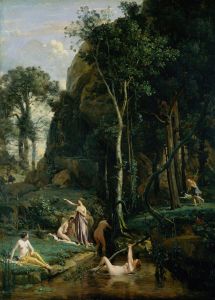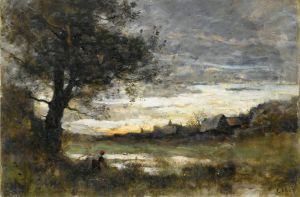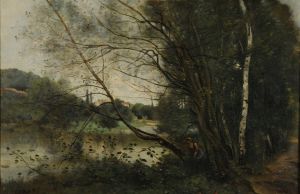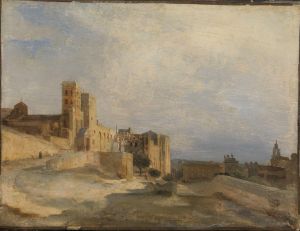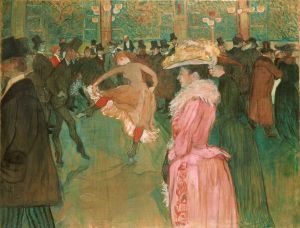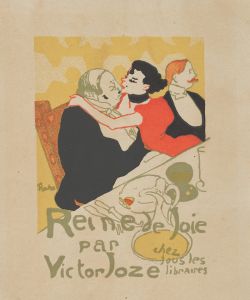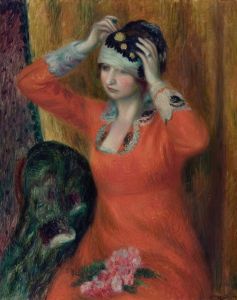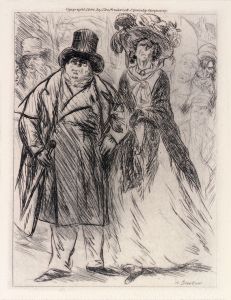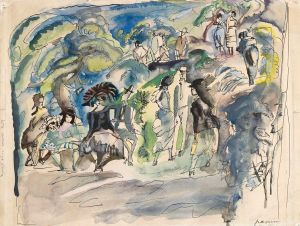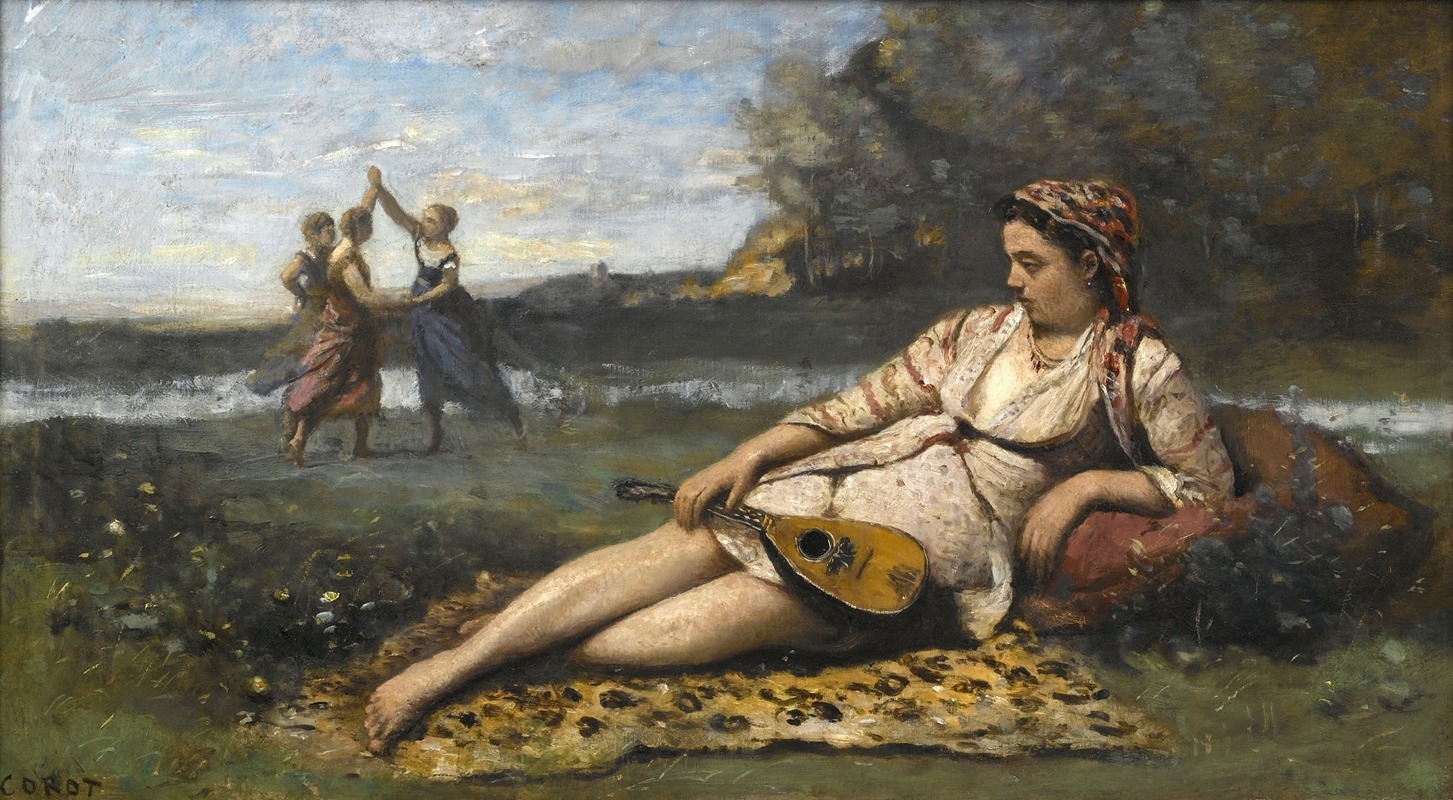
Young Women of Sparta
A hand-painted replica of Jean-Baptiste-Camille Corot’s masterpiece Young Women of Sparta, meticulously crafted by professional artists to capture the true essence of the original. Each piece is created with museum-quality canvas and rare mineral pigments, carefully painted by experienced artists with delicate brushstrokes and rich, layered colors to perfectly recreate the texture of the original artwork. Unlike machine-printed reproductions, this hand-painted version brings the painting to life, infused with the artist’s emotions and skill in every stroke. Whether for personal collection or home decoration, it instantly elevates the artistic atmosphere of any space.
Jean-Baptiste-Camille Corot's painting "Young Women of Sparta" is an intriguing work by the renowned French landscape and portrait artist. Corot, who lived from 1796 to 1875, is often associated with the Barbizon School and is considered a pivotal figure in the transition from traditional neoclassical painting to the plein-air techniques that would later influence the Impressionists.
"Young Women of Sparta" was completed in 1860 and is one of Corot's lesser-known works, yet it showcases his ability to blend classical themes with his distinctive style. The painting depicts a group of young women in ancient Sparta, engaging in athletic activities. This subject matter reflects the historical accounts of Spartan society, where women were encouraged to participate in physical exercise to ensure they would bear strong children, a practice that was unusual in other Greek city-states.
Corot's interest in classical themes is evident in this painting, as he often drew inspiration from ancient history and mythology. The composition of "Young Women of Sparta" is notable for its harmonious arrangement and the way it captures movement and vitality. The figures are depicted with a sense of grace and strength, reflecting the ideals of beauty and physical prowess that were celebrated in ancient Sparta.
The painting is characterized by Corot's soft brushwork and his use of a muted color palette, which creates a dreamlike atmosphere. This approach is typical of Corot's style, where he often sought to convey a sense of tranquility and timelessness. The landscape in the background is rendered with the same attention to detail as the figures, providing a serene setting that complements the dynamic poses of the young women.
Corot's work, including "Young Women of Sparta," was influential in the development of modern art. His ability to capture the essence of a scene with minimal detail and his focus on the effects of light and atmosphere were admired by the Impressionists, who saw him as a precursor to their movement. Although Corot is primarily known for his landscapes, his figure paintings, such as this one, demonstrate his versatility and his interest in exploring different themes and subjects.
"Young Women of Sparta" is housed in the Musée du Louvre in Paris, where it is part of the museum's extensive collection of 19th-century art. The painting is an excellent example of Corot's mature style and his ability to blend classical themes with his unique artistic vision. It offers viewers a glimpse into the artist's interpretation of ancient history, filtered through the lens of 19th-century Romanticism.
In summary, Jean-Baptiste-Camille Corot's "Young Women of Sparta" is a significant work that reflects the artist's interest in classical themes and his mastery of landscape and figure painting. Through its depiction of Spartan women, the painting captures the spirit of an ancient society while showcasing Corot's distinctive style and his contribution to the evolution of modern art.







